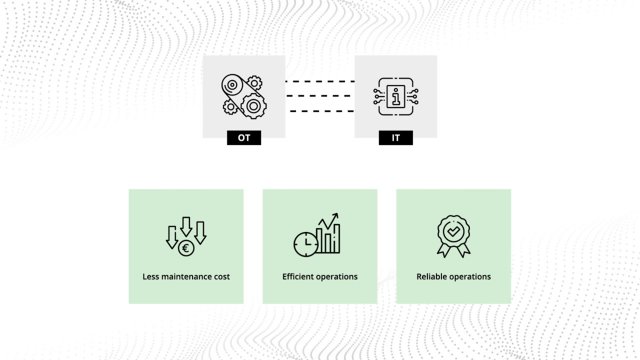MAINTAINING DIGITIZED TRAINS FOR RAILWAY RESILIENCE
The AMICO project is a part of a long-term collaboration between the Chair of Maintenance Engineering at the University of Twente (UT) and the Netherlands Railways (NS). The research project focuses on two main aspects:
- Investigation of IT/OT convergence in rolling stock (PhD Candidate ir. Arno Kok);
- Application of Augmented Reality (AR) technology for troubleshooting and support during maintenance operations of rolling stock (PhD Candidate ir. Sara Scheffer);
The AMICO project is financially funded by NS and TKI Institute and supported by the UT.
THE PROBLEM
Undoubtedly, socio-technical systems are nowadays becoming increasingly complex as the interaction between social and technical aspects becomes tighter. Train systems are an example of these complex socio-technical systems in which large numbers of interacting elements occur, between different processes, systems and objectives of various stakeholders. For this, with an ever-growing number of interactions, more and more data is actively exchanged via numerous interfaces.
GOAL OF PROJECT
The main goal of the project is twofold:
- offering a tool for identifying and maintaining critical IT/OT interfaces throughout the asset life cycle;
- creating and testing an augmented reality (AR) system able to support the operator in maintaining critical interfaces;
APPLICABILITY AND SCALABILITY OF THE RESULTS
IT/OT is not a peculiar problem of trains or of railway systems. It is a wide problem characteristic of complex systems and infrastructures such as electric network distributions, aircraft, wind turbine generators but also health care facilities and internet networks where hardware and software need to have a more tight connection for ensuring excellent operations.
As the research is not bound to specific asset technologies or domains (but rather validated by rolling stock cases), the research outcome is therefore expected to be generalizable towards other domains in which complex IT/OT converged systems are being managed.
A similar discussion could be made for the scalability of the research, defined here as the opportunity to be applied in contexts with different characteristics in terms of dimension, demands or systems. Consequently, the results will not only be beneficial for systems with a high number of sub-systems but also for systems with a high variety of sub-systems.








